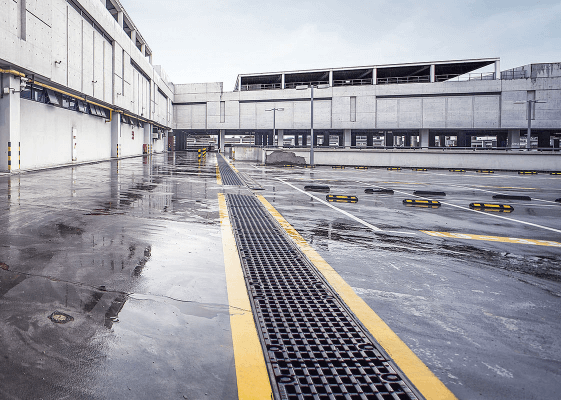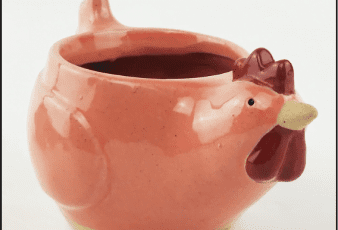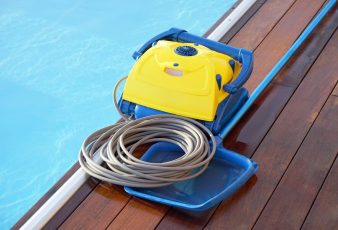When planning any construction or landscaping project, it’s important to prepare adequate drainage. Proper drainage can make all the difference in your project, be it on a road, pedestrian pathway, driveway, car park, petrol station, docks, airports, commercial, residential, or an industrial facility.
Whether an area is prone to floods or not, efficient drainage protects surrounding property, the landscaping and helps control spillages. Surface water and flood water can cause a lot of damage to properties. Poor drainage also poses a significant health risk to residents of an area. For this reason, you need to identify an effective drainage system.
Trench drains and slot drains are the most common types of drainage systems. Before you choose any of these, you need to compare them and find their suitability for your project.
This post explores each of these drains in detail, their pros and cons, and their applications.
Trench Drains Explained
When it comes to road construction, it is important to get the best trench grates. Most people do not pay attention to the fact that the quality of the road has a lot to do with the kind of drainage solution. Poor drainage creates water pools and waterlogging and destroys the outer surface of the road. Getting the right trench grates is important to build durable, long-lasting, and weather-proof road construction solutions. If you want to explore this in greater detail, read more.
A trench drain is also known as a channel or linear drain on the market. This is a type of floor drain made up of a dug-up trough or channel-shaped body and trench grating on top. It is a conventional drainage system for fast water evacuation on large areas and also for the containment of chemical spills.
The drains are long and have a narrow width to allow the rapid draining of water over vast areas. The system works through gravity and is thus installed in areas where surface water or rainwater will most likely flow towards. If you have a vast area to drain, this is the most suitable drainage system to install.
You can choose a trench drain according to the material including polypropylene (plastic), concrete, polymer concrete, metal (cast iron, ductile iron, steel) FRP (Fiber Reinforced Plastic), or GFRPC (Glass fiber reinforced polymer concrete).
You can choose different trench drain grates for your drain systems from a variety of materials including polypropylene (plastic), ductile iron, cast iron, stainless steel, naturally reinforced stone trench grates, stainless ductile, galvanized steel, aluminum, and concrete/stone. These come in a wide range of sizes, patterns, and designs to suit any channel drains.
Pros of Trench Drains
Some of the reasons to consider trench drainage for your project include:
- Ease of installation
- High-efficiency levels for water drainage
- Easy access to the drain for maintenance and cleaning
- Discreet design to blend with the surrounding
- Versatile styling for aesthetics. You can choose from a wide range of Jonite trench grates to find one that is visually appealing.
- Wide range of materials to choose from
- Multiple applications from driveways, petrol stations, docks, airports, around pools, parking lots among other places
- Maximum protection for properties and other installations
- Ideal for reclaiming flood-prone land
The downside of Trench Drains
- A lot of work is required for maintenance including removal of the grates
- They are not ideal for odor prevention because of the grating
- The drainage system might require repairs and replacements over time
- Risk of accidents if the grates are poorly placed
- If poorly installed, the drain system will not last long due to heavy traffic. However, you can choose a sturdy drain system to support any load you expect on your property.
Slot Drains in Detail
A slot drain is a one-piece drain, built-in sloped with a linear slot on top. It is a surface drainage system that doesn’t feature any grating on top. This drain system only has a stainless steel surface inlet exposed to the surface. This makes it easier to blend it onto the floor or the outdoor area.
Pros of Slot Drains
Some of the advantages of the slot drainage system include:
- Sleek design/ aesthetic appeal
- Ability to control odor due to the small opening
- Self-cleaning drains that don’t require removal of grates
- The fewer drain parts eliminate any breakages hence lower the cost of maintenance
- Exemplary sanitary qualities due to the use of stainless steel which prevents bacteria growth
- Lower risk of accidents as there are no grates on top
Disadvantages of Slot Drains
- Not very effective for rapid evacuation of water
- These thin drains aren’t suitable for the removal of solids
- Retrieving objects in the drain is difficult
- It’s difficult to inspect the condition of the drain
- Floor shifts or improperly sloped can lead to water collecting on the surface
- This drainage system requires more pipes under the floor
Do you choose Trench Drains or Slot Drains?
So which do you choose between a trench drain and slot drain system? For starters, you have to consider your specific needs.
If you want to drain a vast area prone to flooding or large volumes of surface water, a trench drain is your best choice due to the large openings. Trench drain systems also serve better in areas where you want to evacuate small solids. It’s also easier to remove any stuck solids from your drains. These drains are also simple to design and install.
On the other hand, you can opt for slot drains if you want to control odor when also evacuating liquids from an area. These slots are also more discreet and easily blend with the floor. In areas where hygiene is a priority such as diary factories, a stainless slot drain will work best.
Final Thoughts
Trench drain vs. slot drain; which one do you choose? It all depends on your unique drainage needs. Take time to compare the features of these drainage systems, look at their suitability for your project, check their strengths and drawbacks, and also the costs. These tips will help you make an informed choice.
Read Also:






























